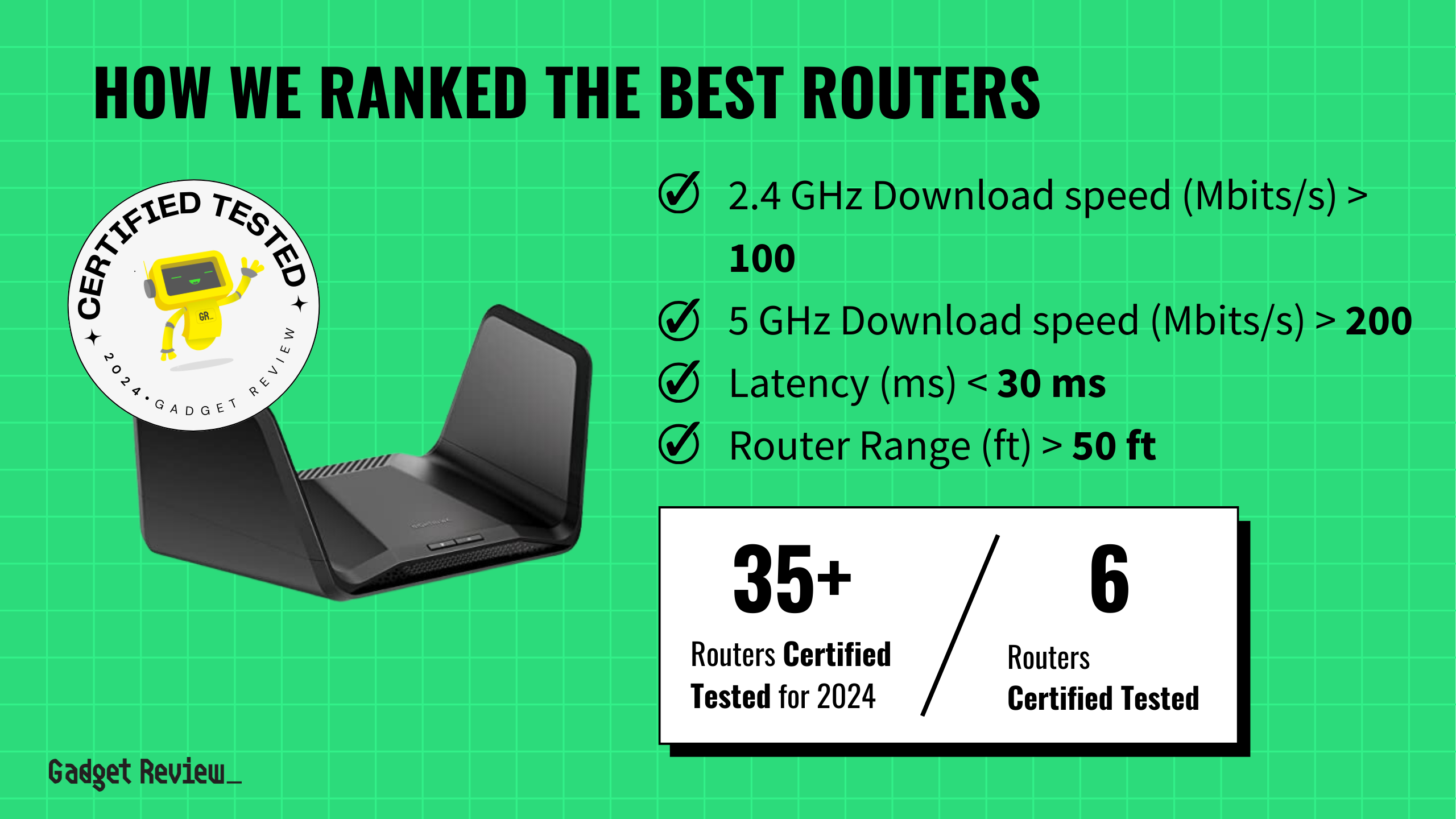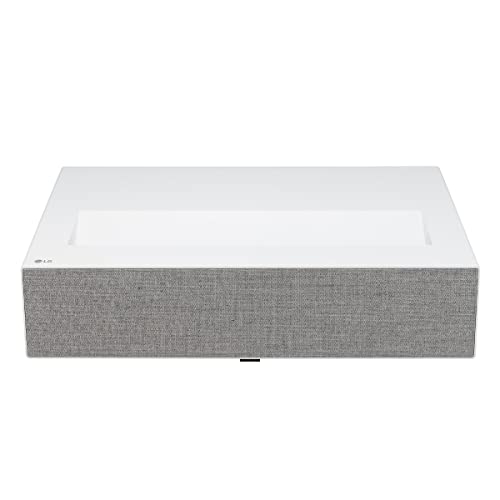In a historic announcement from the Oval Office, President Donald Trump revealed Boeing as the winner of the U.S. Air Force’s Next Generation Air Dominance (NGAD) program. The centerpiece of this initiative is the F-47, America’s revolutionary sixth-generation stealth combat jet designed to maintain air superiority against near-peer adversaries like China and Russia. This slideshow explores the seven key aspects of this groundbreaking aircraft that promises to transform the future of aerial warfare.
1. The NGAD Program and Competition
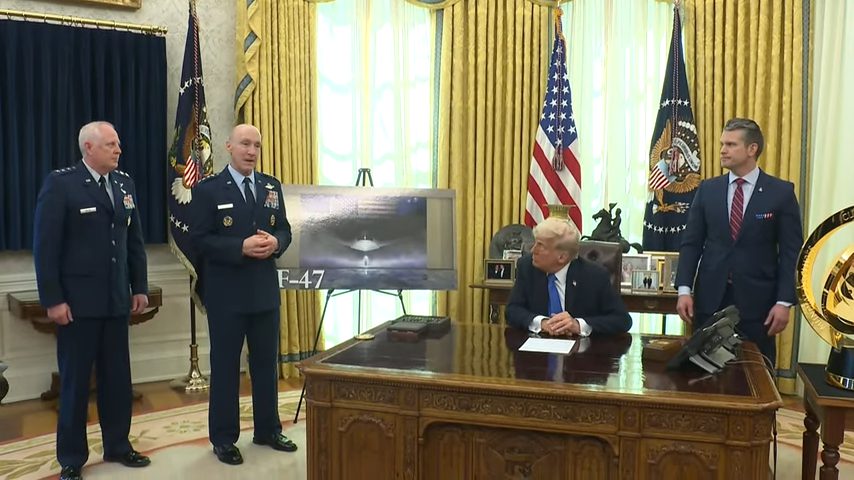
The Next Generation Air Dominance (NGAD) program represents the most significant development in U.S. Air Force tactical air power in over two decades. Boeing emerged victorious after a rigorous competition against Lockheed Martin, with Northrop Grumman having withdrawn earlier to focus on other projects, including the B-21 Raider. The Engineering and Manufacturing Development contract is valued at approximately $20 billion, but across the program’s lifetime, Boeing stands to receive hundreds of billions in orders.
2. Revolutionary Design Features
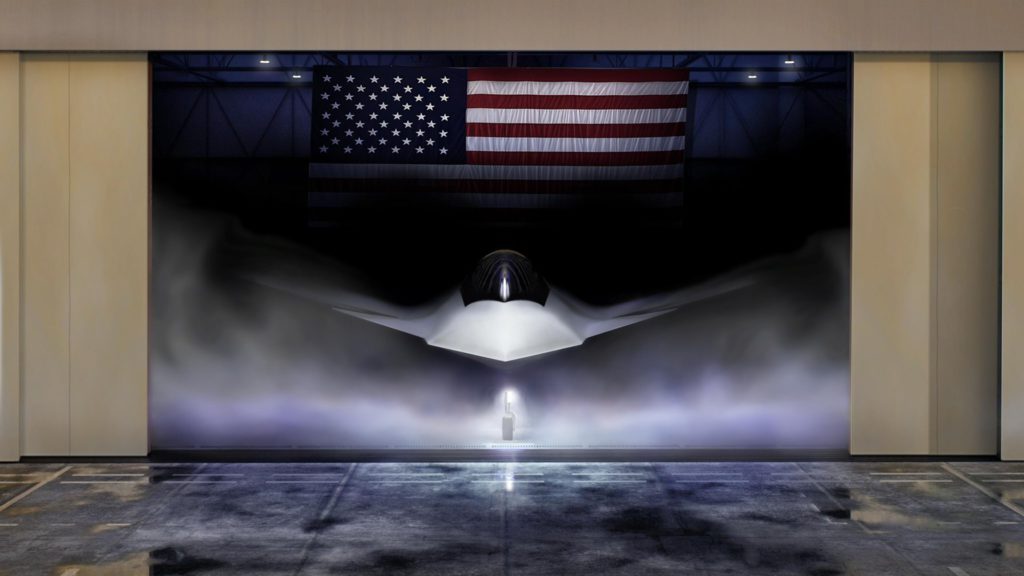
The F-47’s most striking visual feature is its high-dihedral wings with downward swept tips, reminiscent of Boeing’s YF-118G “Bird of Prey” technology demonstrator from the 1990s. The aircraft also appears to feature canard foreplanes, a broad shovel-like nose likely housing an advanced radar array, and a large bubble canopy. This unique configuration suggests a focus on extreme maneuverability while maintaining stealth characteristics.
3. Unprecedented Performance Capabilities
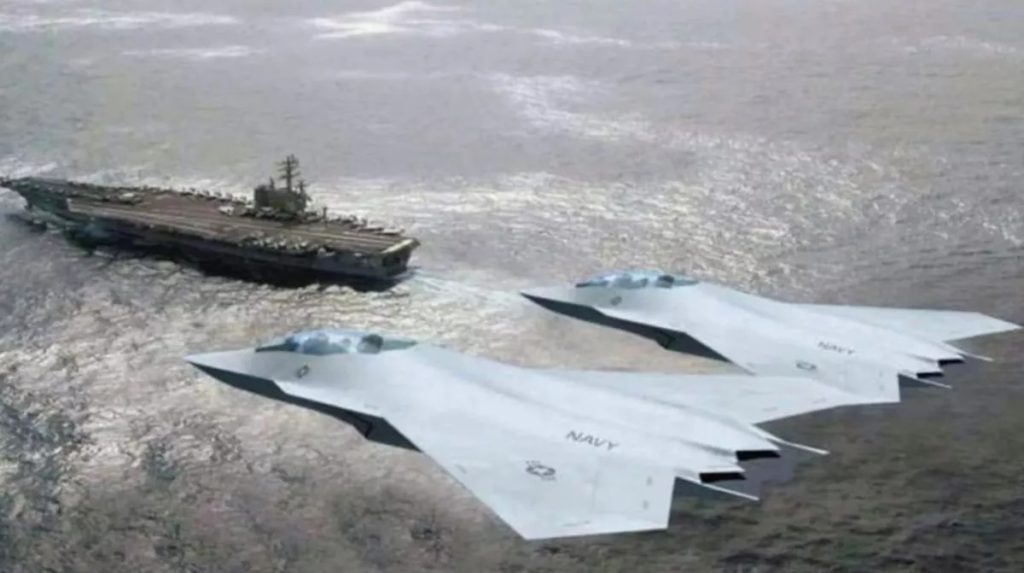
President Trump described the F-47 as having capabilities “the likes of which nobody has seen before,” including exceptional speed, maneuverability, and payload capacity. The aircraft will reportedly achieve speeds exceeding Mach 2 while featuring “virtually unseeable” stealth technologies. Air Force officials claim the F-47 will have significantly longer range, greater stealth capabilities, and higher availability rates than current fifth-generation fighters like the F-22 Raptor.
4. The Collaborative Combat Ecosystem
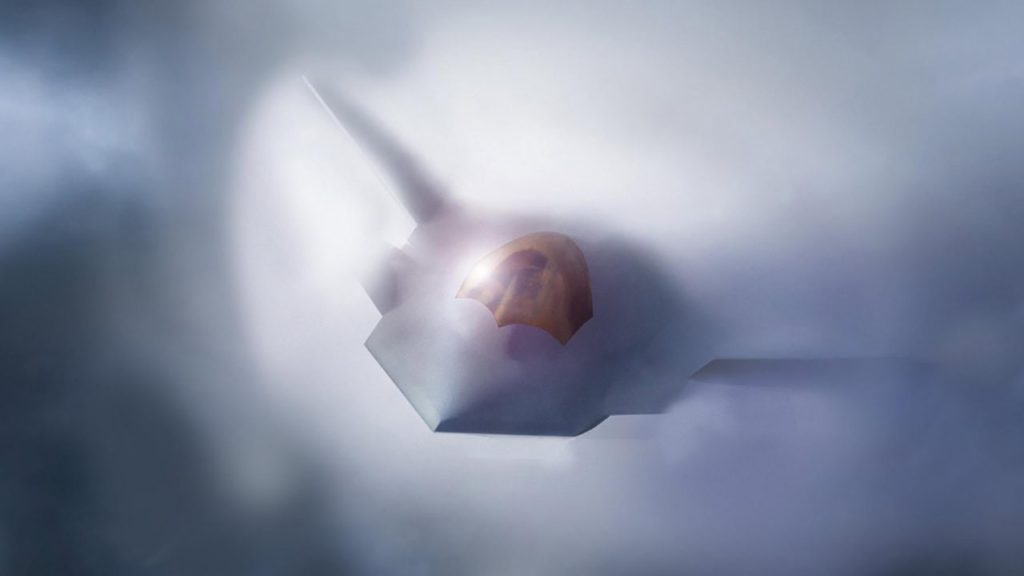
The F-47 is designed as part of a comprehensive air combat ecosystem where the crewed fighter will serve as a forward controller for Collaborative Combat Aircraft (CCA) drones. This revolutionary approach to air warfare will allow a single pilot to coordinate multiple autonomous platforms simultaneously, multiplying combat effectiveness while minimizing risk to human operators. General Atomics and Anduril are currently developing the first increment of these “fighter drones” to operate alongside the F-47. This fighter may be out of our reach, but check out some cool military vehicles that civilians can buy.
5. Development History and Testing
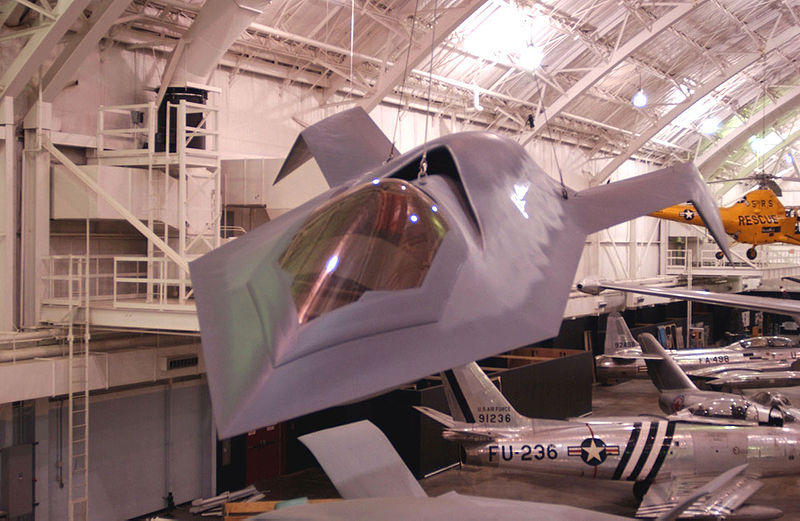
According to officials, experimental versions of the F-47 have been secretly flying for nearly five years, accumulating hundreds of test hours across multiple X-plane prototypes. This extensive flight testing has validated the revolutionary technologies that will be incorporated into the production model. The aircraft’s design shows clear lineage to previous Boeing experimental platforms, particularly the YF-118G “Bird of Prey” and X-36 tailless fighter agility research aircraft from the 1990s.
6. Production Timeline and Facilities
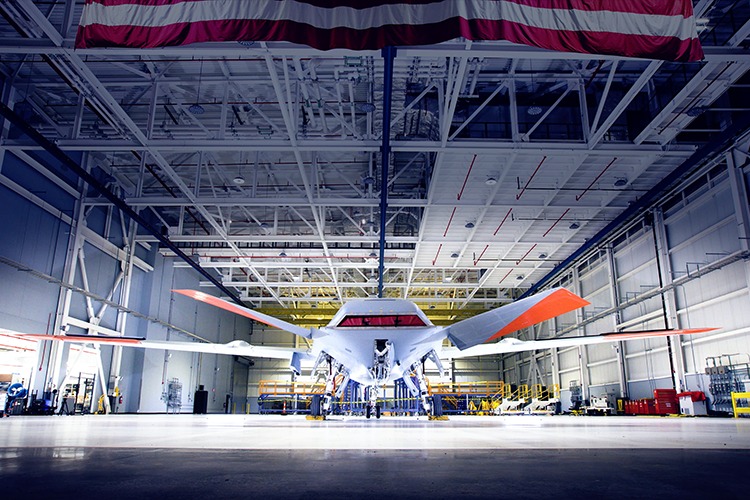
Boeing has made significant investments in its St. Louis, Missouri facility to prepare for F-47 production. The Trump administration has expressed the ambitious goal of seeing the aircraft enter series production before the end of the current presidential term (January 2029). Trump noted that “they’ve already built much of what has to be built in terms of production, including the sheds,” suggesting that manufacturing infrastructure development is well underway.
7. Strategic Importance and Export Potential
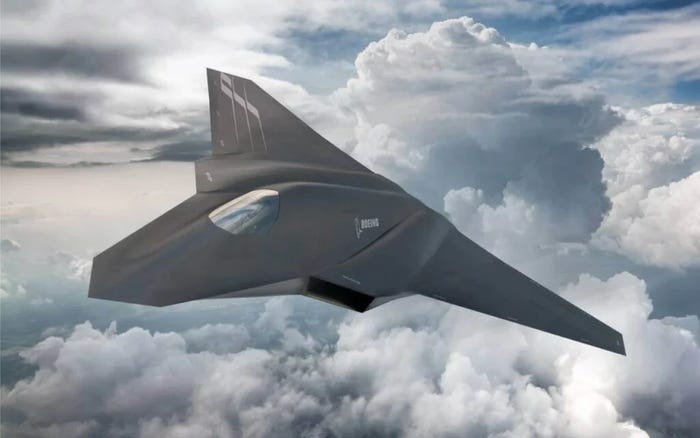
The F-47 is specifically designed to counter high-end threats in the Indo-Pacific theater. Air Force officials confirmed that after exploring various options, “there was no more viable option than NGAD to achieve air superiority in this highly contested environment.” In a significant departure from F-22 policy, President Trump indicated that export versions of the F-47 might be offered to select allies, albeit with capabilities “toned down about 10 percent” from the U.S. version.















